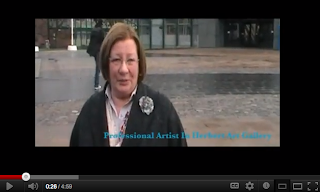' who ever controls media controls the mind'
Accuracy
This is the 1st topic which i will be analysing and researching the issue facing the producers in factual programming. Accuracy is very important in factual programming as the information given would depend on that factual programming being able to still run because as million of people are going to be watching this, the producer would have to carry out research and the right information so that the producer allows the audience to gain more knowledge of that specific subject, however if they don't carry out research and take the information from elsewhere they would need to pay a specific amount to the person/organisation they took it off. How ever much information or how little information they take, the producer would have to pay an amount for the information they took.
From my own research i have found out that:
The information above implies that when producers are getting information, they most make sure that the information itself is correct and it not out of date, because it would be inappropriate if the producer gives false information to the audience, also from section 3: accuracy within the BBC explains how its very important issue to them that if the information given out is accurate, because this could affect the audience personally as well. The producer must take full concentration on the issue, as this is very important for factual programming because the information given can be inappropriate or appropriate, so when the producer themselves are finding information they most look at other information to see whether the information they collected is appropriate because for example if the producer is making a factual programme about health, the information given most be accurate and up to date because the information given can affect the audience health risk.
Information on the left hand side explains how legal actions are going to be taken place if any of the information thats has been given is false or isn't correct. As this would affect the audience plus also would affect the government because within this society many people would believe in what the media would be telling them. So the accuracy of the factual programming would mean that they most not use archive material which implies one different subject to illustrate another in way the audience is seeing something else, wouldn't be right on the audience point of view.








